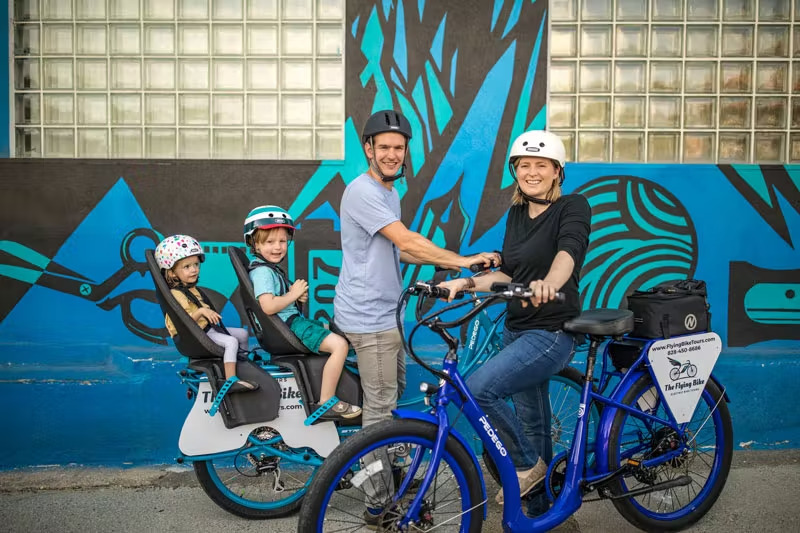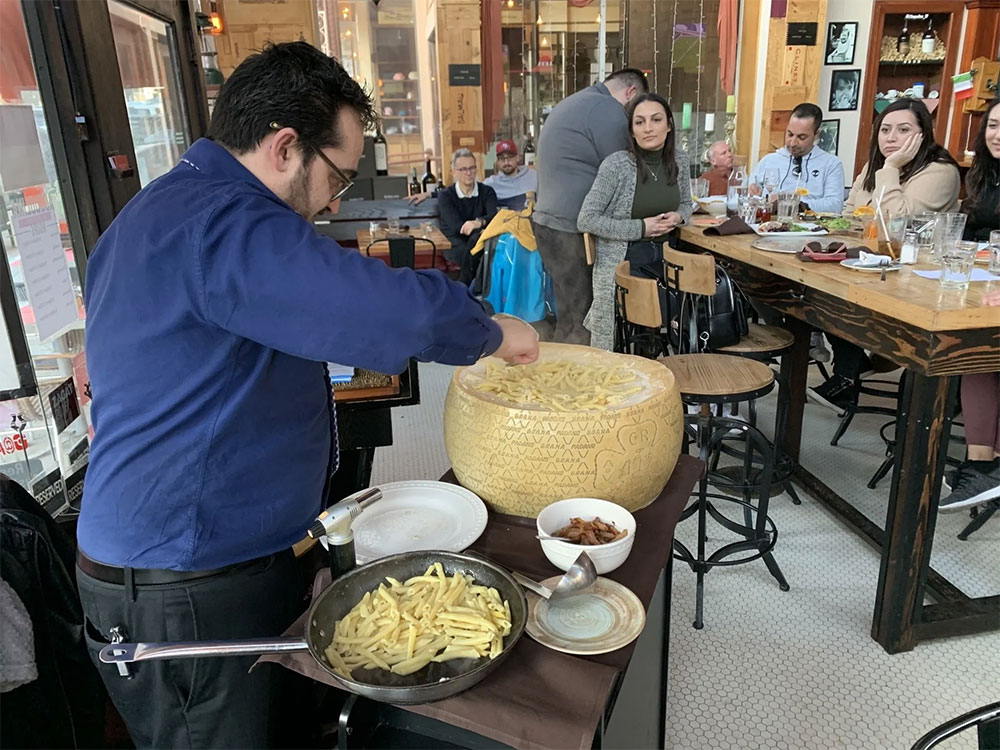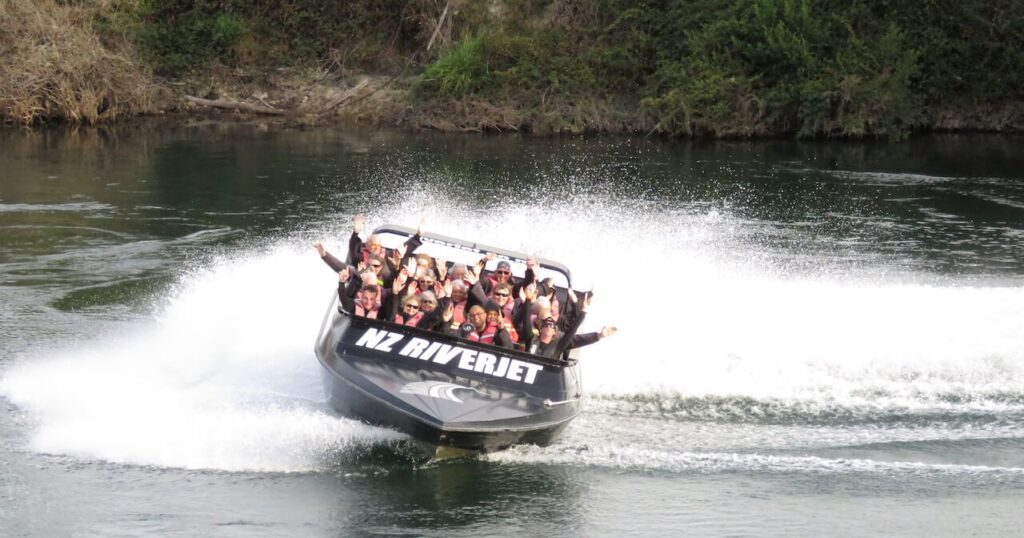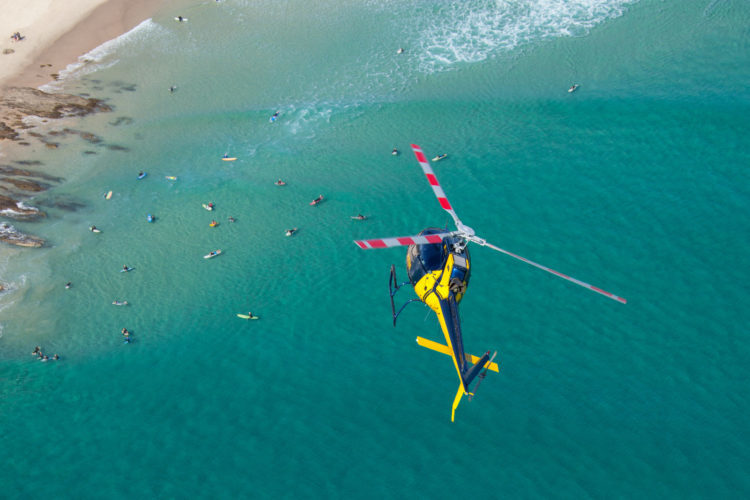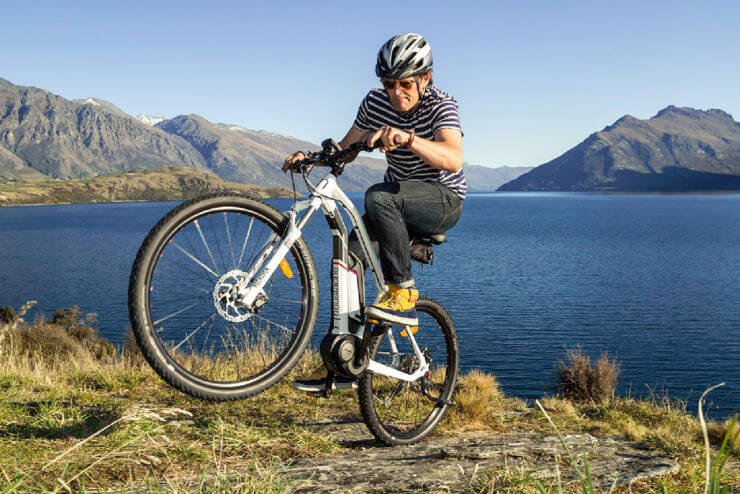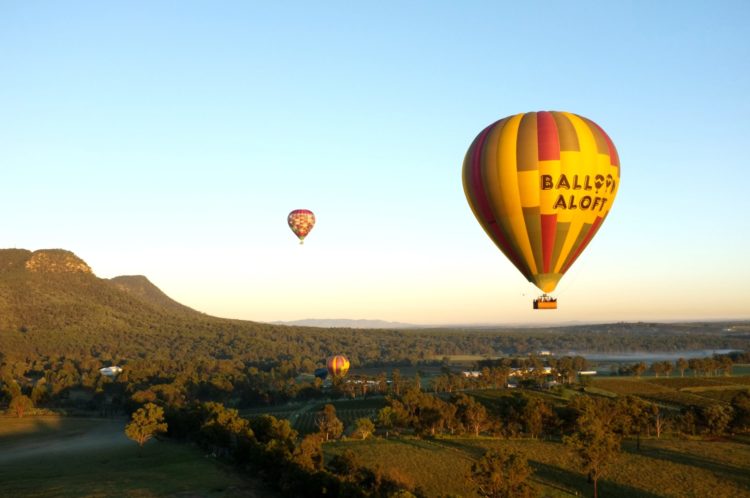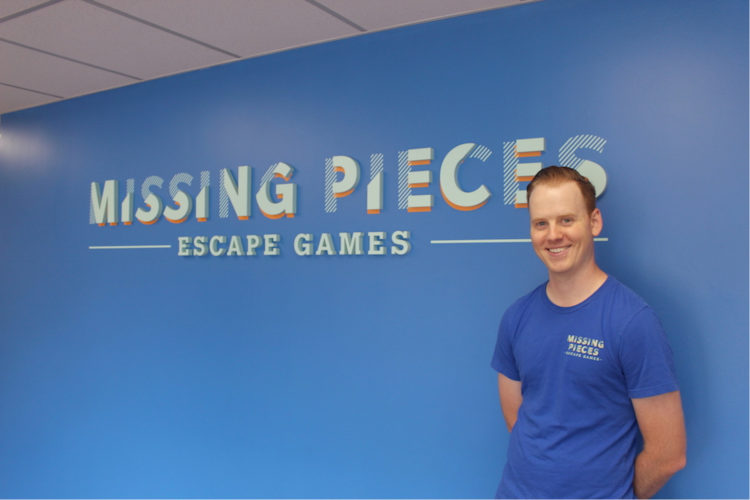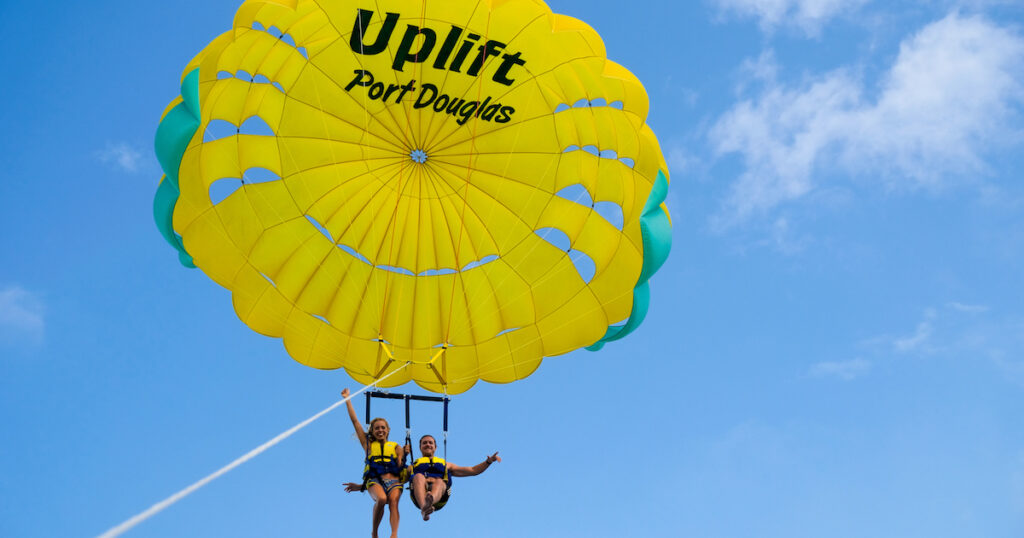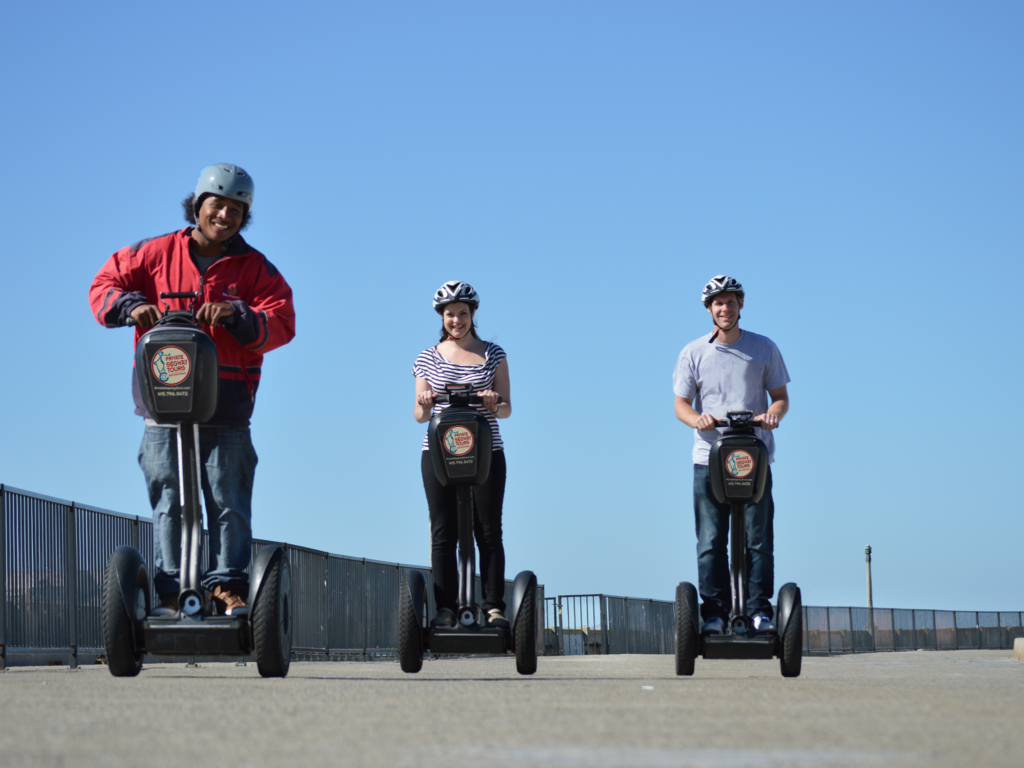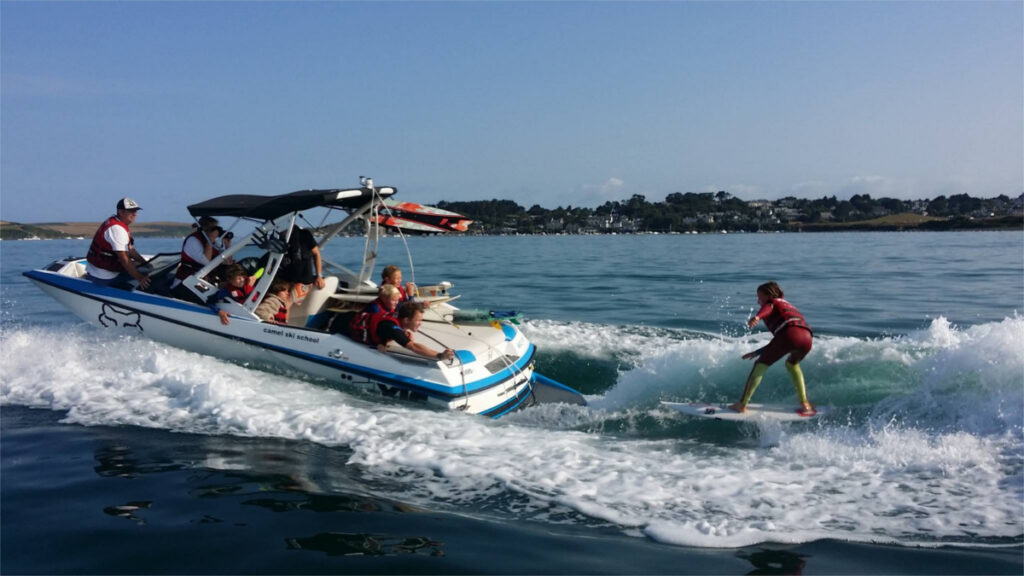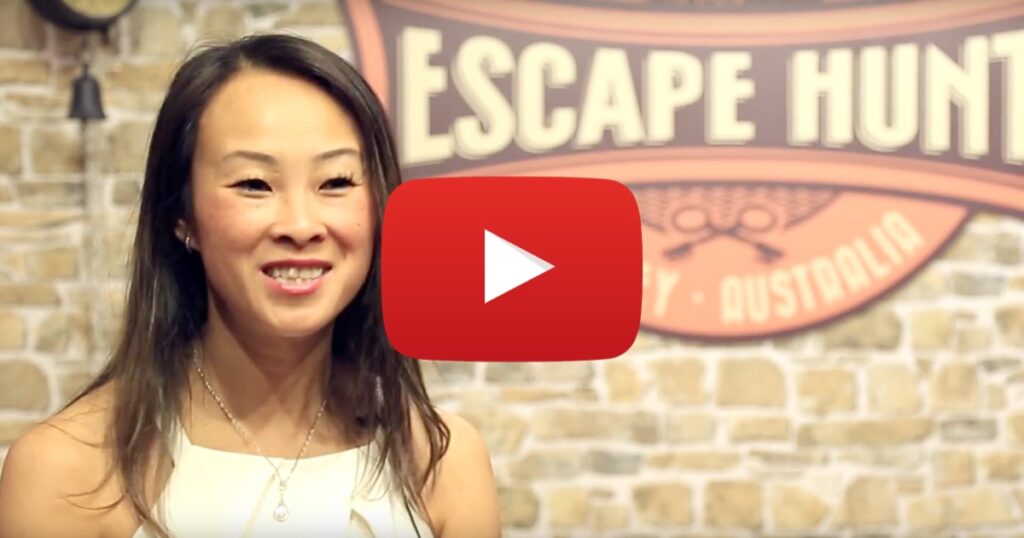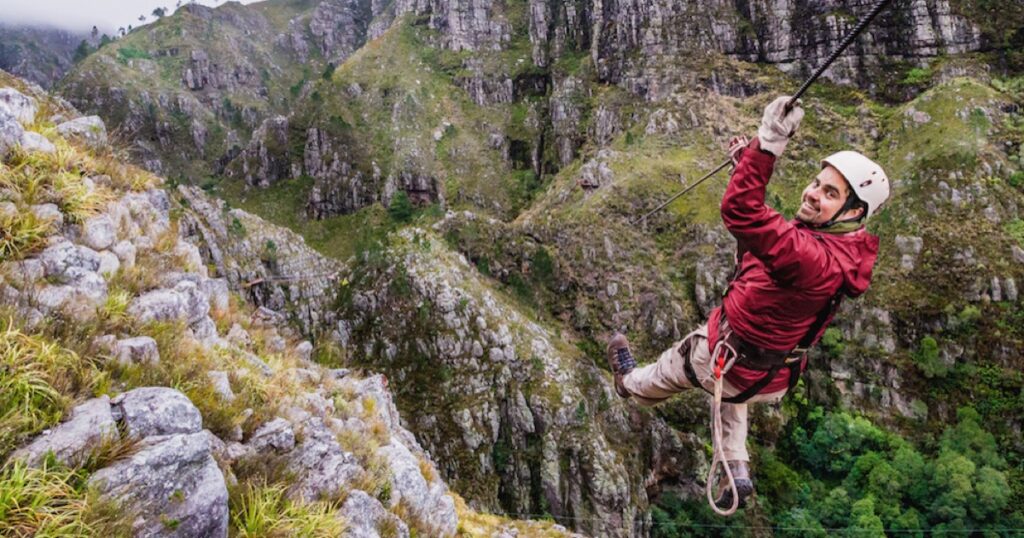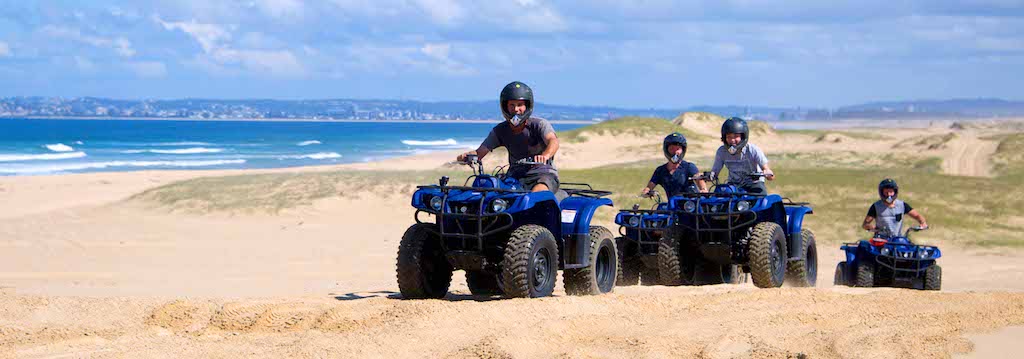Fear Factory Is More Scary, And Profitable, With Wherewolf
Simon Smith, isn’t afraid to admit that the idea of launching Fear Factory, billed as “New Zealand’s Scariest Haunted House,” frightened him.
“This is the first type of management role that I’ve ever done”, he laughed, “Instead of taking one little step, I’ve taken one giant leap”.
Simon and his family, who founded Fear Factory together, had much to fear. They launched in 2013, in Queenstown, New Zealand, the adventure capital of the world and birthplace of bungee jumping, jetboating, and more. The adventure tourism destination didn’t have a single indoor attraction – there was no precedent that the visitors seeking thrills in the outdoors would also seek them indoors.
Simon knew when he had the idea for Fear Factory that he had a once-in-a-lifetime opportunity to seize a gap in the market, but he was less certain about where his customers would come from, and how he would keep them coming.
The results have been incredible. Fear Factory lives up to its name – more than 14,000 people have been unable to complete the tour, too scared to finish. Their names now appear on the company’s ‘Chicken List.’
The success comes both from incredible gumption and the fact that Simon and his management team have relied on data from day-one to drive business decisions.
That data is collected and managed with Wherewolf.
Simon has been using Wherewolf from Fear Factory’s opening day, and it has helped him answer those critical business questions. He uses it to streamline the check-in process, as a way of identifying the demographics of his customers, and to enhance end-to-end customer engagement.
The Wherewolf arrival app is part of the experience
Setting the scene is integral to the Fear Factory experience. From the moment customers walk through the creaking iron gate, up the echoing concrete stairs, and into the shop front, they are soaking up the atmosphere via a fit-out that incorporates flickering lights, skulls, giant cobwebs and themed furniture.
It is essential to Simon that large groups and walk-in customers can be turned around quickly.
Wherewolf’s streamlined process is key to facilitating this. When guests arrive at the shop front they start by signing in. The guests complete their digital check-in and sign a digital waiver inside the custom-branded Wherewolf arrival app.
The whole check-in happens in under a minute and Simon believes that it adds a sense of “quality and professionalism” to the experience.
Simon has added his own touch of quality to the process too. The iPad holders are custom-made, gnarled and hairy Wherewolf hands – perfectly in theme.
Custom Questions Help Make Fear Factory More Scary
Every Wherewolf arrival app is custom-built to suit the unique requirements of the operator. For Fear Factory, Simon wanted to capture data that would help his team hone and refine the haunting experience. “We ask our guests “What Scares You?” said SImon. That data is used by the team to revise what features are increased or decreased year to year as consumer behaviors and interests shift. “We added more zombies as a result of the popularity of ‘Walking Dead’s” popularity. We’re seeing clowns increase now with the release of the movie “It.”
“Being able to have your guest check-in process become a way to collect data and directly impact the quality of your attraction experience is very powerful,” said Simon. “Attractions that don’t leverage the check-in process to improve (or add to) their experience are missing a big opportunity.”
Data Drives A More Efficient Advertising Budget
Like many who are new to business, Simon was unsure about how to design an effective marketing strategy. When the business first launched, the company signed agreements with numerous marketing and media channels to drive attention. If not for being able to ask which marketing channels were working, the company would have (and continue to) spend thousands on advertising that yield poor results.
In addition to asking valuable marketing data such as their age, gender, and where customers are from, they are asked what source drove them to Fear Factory. Simon is able to easily track where his marketing spend is best directed – such as in print or online – at any given time.
“We quickly dropped certain print media channels that were expensive, and shifted over to digital channels that had a better ROI,” said Simon. “We started spending less while getting more results.”
Today, the business is spending their advertising and marketing dollars very efficiently. “Wherewolf has paid for itself ten times over”, said Simon. “I can’t think of a tourism business that couldn’t benefit from the data a Wherewolf arrival app can collect for them.”
You can learn more about Fear Factory and book an activity by visiting fearfactory.co.nz.

This article was written by Victoria Crockford, a content editor and writer at Wherewolf. You can reach her at [email protected].

